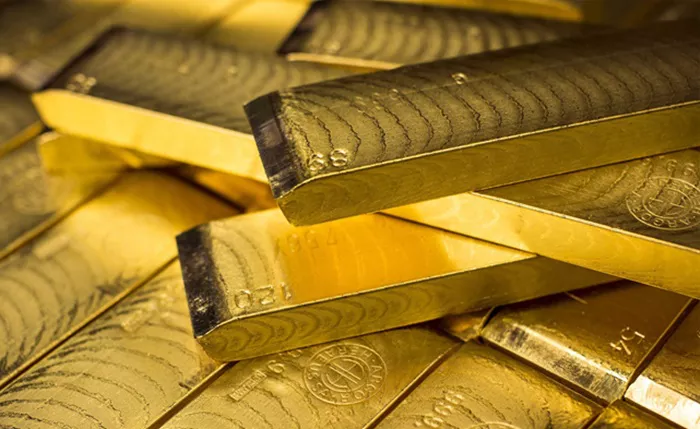The value of a gold coin depends on several factors, including its gold content, historical significance, and market conditions. Understanding these factors can help you determine the current worth of a gold coin. Here’s a detailed exploration of what influences the value of a gold coin and how you can estimate its worth.
Gold Content and Coin Purity
Understanding Gold Content
The intrinsic value of a gold coin is primarily determined by the amount of gold it contains. This is typically measured in troy ounces, with one troy ounce equaling approximately 31.1 grams. Gold coins are often marked with their weight and purity, which are crucial for assessing their value. Common gold coins, such as the American Gold Eagle or the Canadian Gold Maple Leaf, are usually minted with a gold purity of 99.9% or higher.
Coin Purity
Gold coins are often described by their purity, with terms like “24-karat” indicating that the coin is composed of pure gold. For example, a 1-ounce gold coin with 24-karat purity contains exactly one troy ounce of gold. The higher the purity, the more valuable the gold content. However, coin purity is only one factor in determining its overall value.
Historical and Collectible Value
Historical Significance
Coins with historical significance can command higher values beyond their gold content. For instance, coins from ancient civilizations or those minted during important historical periods are often valued more highly due to their rarity and historical importance. Coins like the ancient Roman aureus or the gold coins from historical empires can fetch substantial premiums over their gold content.
Collectible Value
In addition to their gold content, collectible coins may have a numismatic value based on their rarity, condition, and demand among collectors. Coins that are limited in number, have unique features, or are in pristine condition can be worth significantly more than their gold value. The collectible market for gold coins can fluctuate based on trends and collector interest.
See also: What Is The Current Price Of 1 Oz Of Gold?
Market Conditions and Gold Prices
Current Gold Prices
The market price of gold fluctuates based on supply and demand, economic conditions, and geopolitical events. The spot price of gold, which is the current market price for one troy ounce of gold, serves as a baseline for determining the value of gold coins. You can check real-time gold prices on financial news websites or through commodities trading platforms.
Premiums Over Spot Price
Gold coins are often sold at a premium over the spot price of gold. This premium covers the cost of minting, distribution, and profit margins for dealers. Premiums can vary based on the coin’s rarity, demand, and overall market conditions. For instance, popular bullion coins like the American Gold Eagle or the Canadian Gold Maple Leaf may have lower premiums, while rare or collectible coins can have much higher premiums.
Evaluating the Worth of a Gold Coin
Calculating Intrinsic Value
To estimate the intrinsic value of a gold coin, you need to know its gold content and the current spot price of gold. For example, if you have a 1-ounce gold coin and the spot price of gold is $1,900 per ounce, the intrinsic value of the coin is approximately $1,900. Multiply the gold content (in ounces) by the current spot price to determine the base value.
Determining Collectible Value
For collectible or historical coins, additional factors come into play. You can use resources like coin valuation guides, auction results, and dealer assessments to estimate the collectible value. Professional appraisers or numismatists can provide expert evaluations, especially for rare or historically significant coins.
Checking Recent Sales and Market Trends
Review recent sales of similar coins to get an idea of current market values. Auction houses, online marketplaces, and coin dealers often provide data on recent transactions that can help gauge the current worth of a gold coin. Market trends can also influence the value, so staying informed about market conditions is essential.
See also: Where To Buy Gold?
Where to Buy or Sell Gold Coins
Buying Gold Coins
If you are looking to buy gold coins, reputable dealers, online platforms, and specialized coin shops are good sources. Ensure that the dealer provides certification for the coin’s authenticity and purity. Compare prices and premiums from multiple sources to find the best deal.
Selling Gold Coins
When selling gold coins, consider getting multiple offers from dealers or auction houses to ensure you get a fair price. Providing documentation of the coin’s authenticity and condition can help you achieve a better selling price. Be aware of market conditions and aim to sell when prices are favorable.
Conclusion
The value of a gold coin is influenced by its gold content, purity, historical and collectible significance, and current market conditions. To determine the worth of a gold coin, consider both the intrinsic value based on the gold content and the potential additional value from its historical or collectible aspects. To effectively evaluate a gold coin’s worth, calculate its intrinsic value based on the current gold price, assess any collectible or historical value, and consult recent market data. Whether buying or selling, understanding these factors can help you make informed decisions and achieve the best value for your gold coin.
Related Topics:

